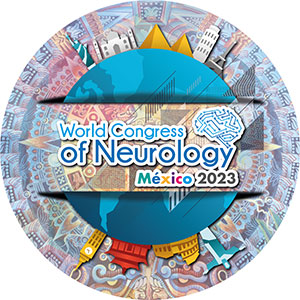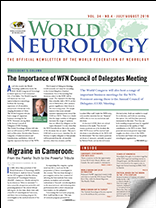It is a pleasure and an honor to present Mexico’s candidacy to host the WFN World Congress in 2023.
Mexico represents the 15th largest economy in the world and the 15th largest exporting power.

One of the principal economic bases of the country is tourism. According to the World Tourism Organization, Mexico ranks sixth in terms of the number of visits by foreign tourists. Also, it promotes the diffusion of the natural, cultural, gastronomic, and historical attractions of the country.
Mexico has a well-earned reputation for being a hospitable country with people friendly to tourists. We currently have agreements with more than 97 countries whose citizens do not require a visa to visit us.
Due to its geographical location (in the center of the American continent), Mexico is the gateway to Central and South America. Its air connectivity is one of its advantages; today, there are daily direct international flights to 51 destinations so it is highly likely that attendees only have to take one or two flights to attend the congress. This significantly reduces travel costs for attendees.
Although a WFN world congress has never been held in Central America, we have experience in organizing international congresses, such as the congress of the Pan American Section of the WFN (PANFS) which took place in in 2016 in Cancun, Mexico. Other examples of international events held in Mexico City are International Conference on Emergency Medicine 2018 and World Congress of Cardiology and Cardiovascular Health 2016, among many others.
It is important to mention that Mexican government provides the possibility to calculate zero percent VAT for International Congresses when these are carried out by foreign organizations.
In addition to its economic, geographic, and logistical advantages, Mexico City has much more to offer its visitors.
Once known as the “City of Palaces,” Mexico City has four areas declared World Heritage Sites by the UNESCO. The first is the “Centro Histórico” or downtown area where many beautiful religious and historical buildings can be appreciated, including the Metropolitan Cathedral, the National Palace, and the Fine Arts Palace, a beautiful art nouveau style building. The second World Heritage Site is the Xochimilco Ecological Park, considered by many as the “Venice of Mexico,” thanks to its beautiful canals that can be visited on board a trajinera (a curious wooden gondola-type vessel decorated with flowers).
The third World Heritage Site is the Autonomous National University of Mexico, and the fourth one is the Luis Barragan´ studio. Mexico City offers a large variety of museums, including The National Museum of Anthropology, the National Museum of Art, and the National Museum of History (located in Chapultepec Castle). To the north of the city, you can visit the Guadalupe Basilica, the second-most visited religious sanctuary in the world after Saint Peter’s Basilica in the Vatican.
We hope to count on your support to continue promoting the development of neurology in this region of the world.
